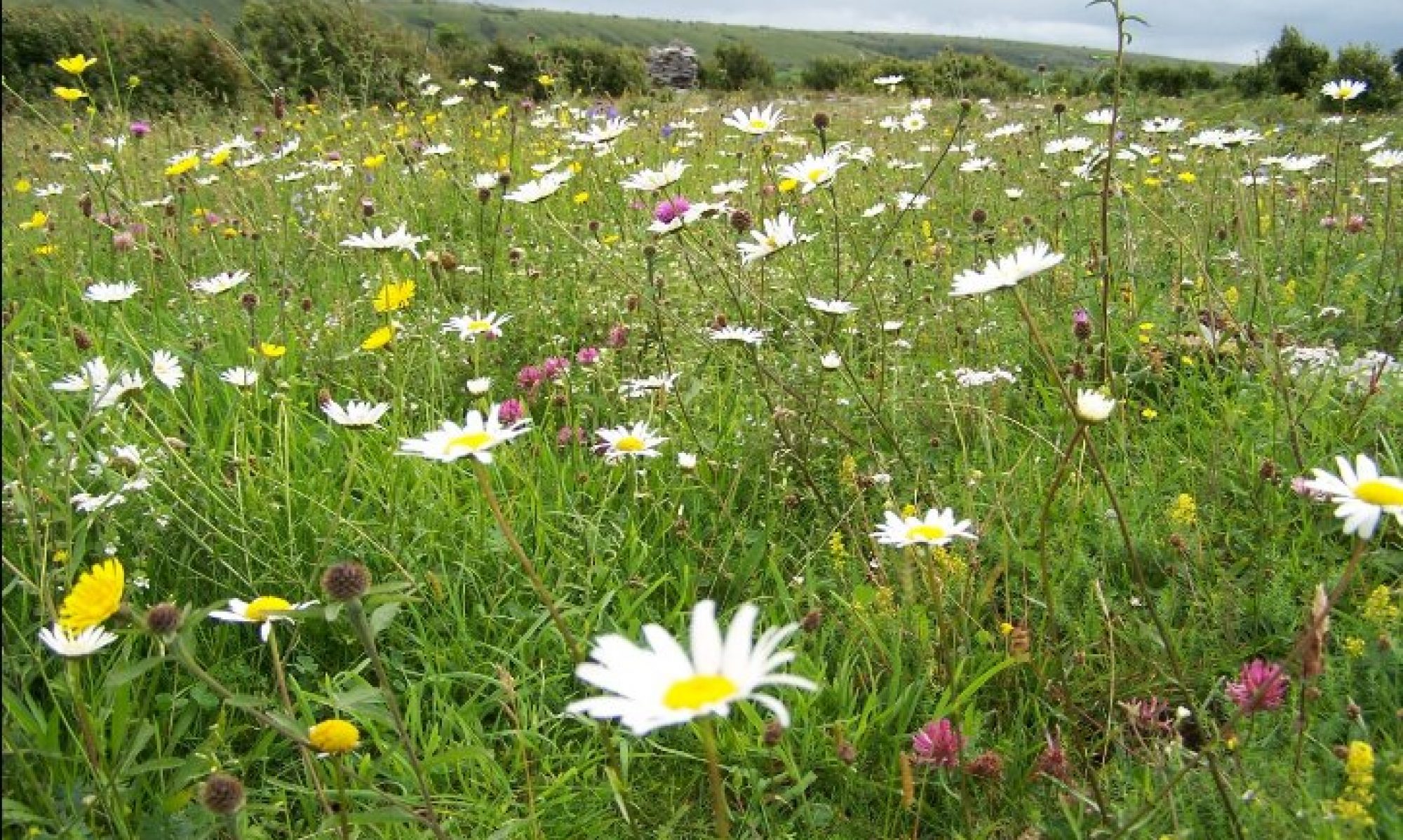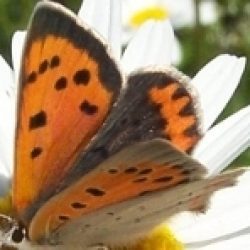On Today With Claire Byrne on Friday, 24 October 2025, an interesting debate featuring the tension between farming and conservation was aired. The state’s plans to expand its holdings of land protected for nature are opposed by farmers, especially by the Irish Natura & Hill Farmers’ Association. According to its new president, Pheilim Molloy, the amount of land purchased by the National Parks and Wildlife Service for nature conservation from 2010-2023 was: 2020: 272 acres, 2021: 83 acres, 2022: 10 acres, 2023: 1,528 acres.
These lands were “Being bought up at the expense of young farmers…getting access to land,” according to Pheilim Molloy. The state also acquired over 600 acres near the Connemara National Park in 2025. About 7000 acres were bought by NPWS during Malcolm Noonan’s tenure (2020-2024), averaging about €4,200 an acre. This is high nature value land.
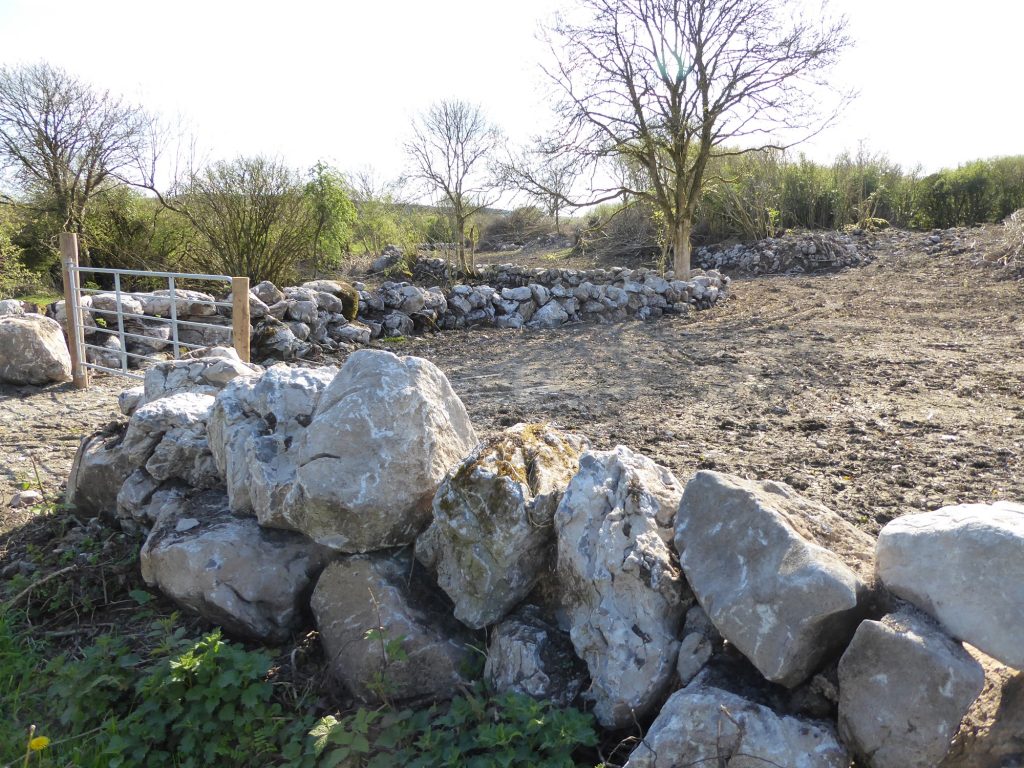
According to Molloy, the state’s greater purchasing power meant local farmers were outbid. The average farm size in Ireland is c.75 acres, so even the small parcels of land purchased by the state are hampering economic opportunities for local farmers, claimed Molloy.
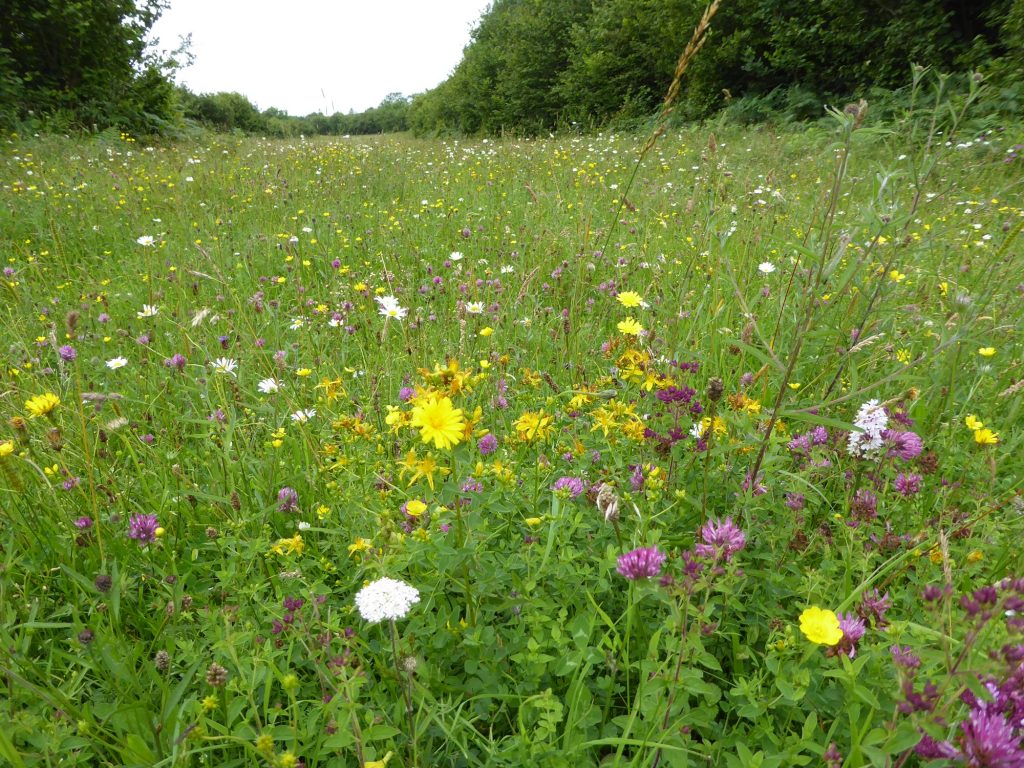
In response, Malcolm Noonan, responsible for NPWS in the previous administration, described the financial schemes available to farmers to support nature conservation, such as those supporting breeding waders and farming in the Burren.
Molloy wants farmers to own the land, and they would apply conservation measures in their farming practices.
Regarding the overgrazing of uplands by sheep, Molloy stated that sheep have been farmed in Ireland for thousands of years.
However, poor management is damaging our habitats, according to Malcolm Noonan. Land abandonment should be avoided, he added, calling for conservation-centred management of semi-natural grassland. Funding is key, but the funding, €3.15 billion Climate and Nature Fund earmarked for nature restoration at scale under the previous Government, has now been redirected to Metro North, a rail system to be located mainly in North Dublin, stated Noonan, who called for adequate funding for farmers to safeguard nature, water and climate.
In our view, the purchase of land to secure important habitats is important but insufficient. The amount of land purchased is tiny. We are emphatic that farmers are not the custodians of biodiversity.
Farming is a business. A business will make choices to maximise profit. Unless care for nature produces profit, most agricultural businesses will ignore it.
Pheilim Molloy’s comments about farmers (in general) taking care of habitats are contradicted by the facts. In 2020, 10% of the Republic of Ireland’s land was used for crops and about 60% was used for grassland, mostly fertilised (CSO, 2022). In the last decade, Ireland lost 30% of its semi-natural grasslands, and more than half of Ireland’s native plants are in decline (Fourth National Biodiversity Action Plan 2023-2030). Concerning farmers caring for the land, consider this statistic: 85 per cent of our internationally important and protected habitats are in poor condition. Most are in private ownership, mostly owned by farmers. Every five years, an update report on the state of Europe’s environment is compiled by the European Environment Agency (EEA). The report is a synthesis of country profiles detailing conditions in each of the 27 European Union member states and 11 neighbouring countries. With regard to biodiversity, the 2025 report on Ireland states that biodiversity “remains under threat and the state of nature is very poor” (EEA, 2025).
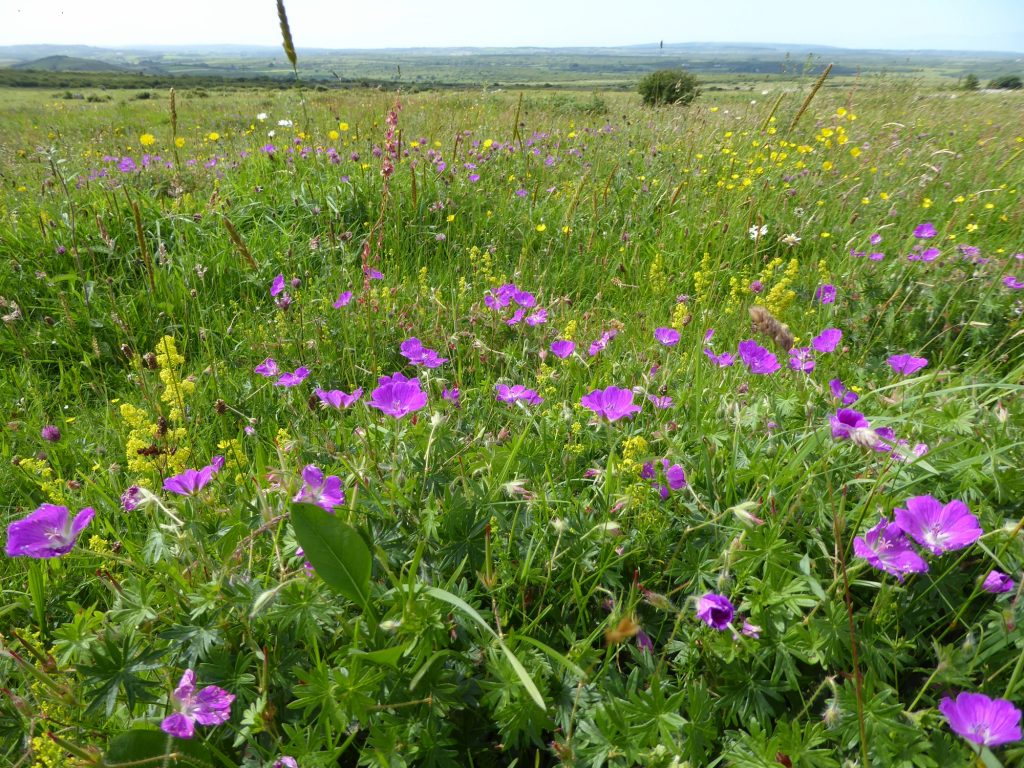
Ireland ranked bottom among EU member states for expenditure on environmental protection. The EU average was 2.2 per cent of GDP, but Ireland’s expenditure was just 0.9 per cent (EEA, 2025). And Pheilim Molloy wants the state to stop buying high nature value land for conservation purposes.
We need to buy more land for nature, not none, and continue to provide financial support to farmers who manage their land to support biodiversity objectives. We must have more land where nature conservation is the primary objective. In this regard, the purchase by the state of Cullahill Mountain SAC (Special Area of Conservation) is welcome. This land holds the priority habitat, ‘Semi-natural dry grasslands and scrubland facies on calcareous substrates (important orchid sites)’. This important site in north Kilkenny is currently grazed by Dexter cattle to enhance the quality of the habitat. Kilkenny has only eight Special Areas of Conservation, and only one other site contains similar semi-natural grassland in a county with highly intensive agriculture.
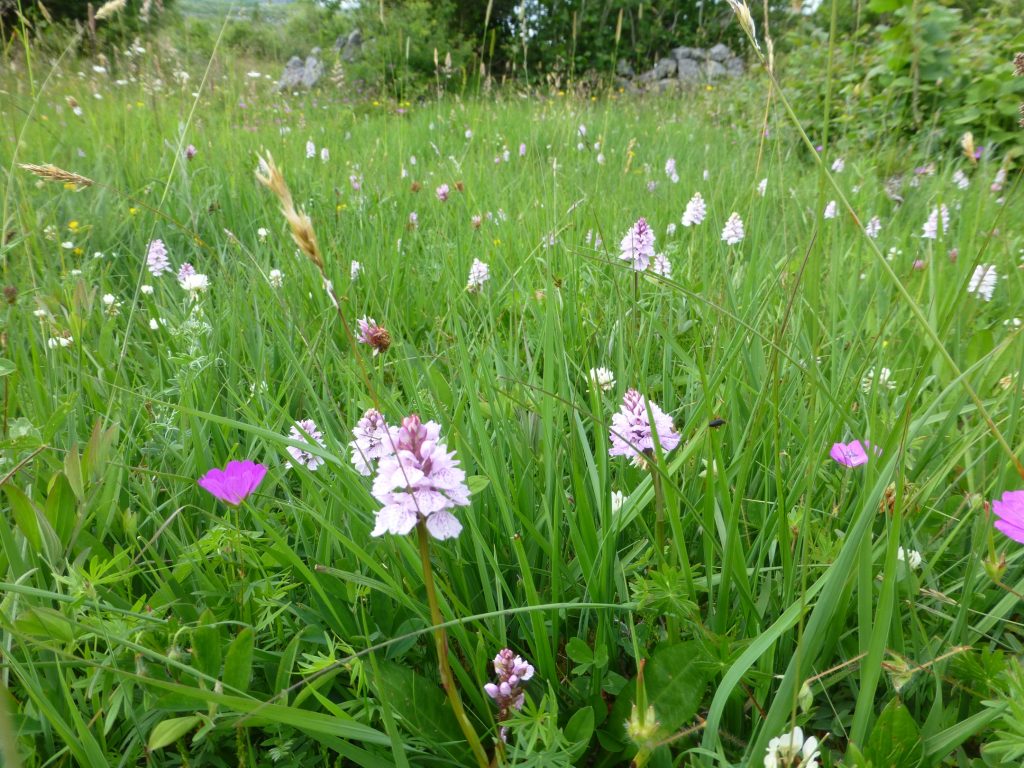
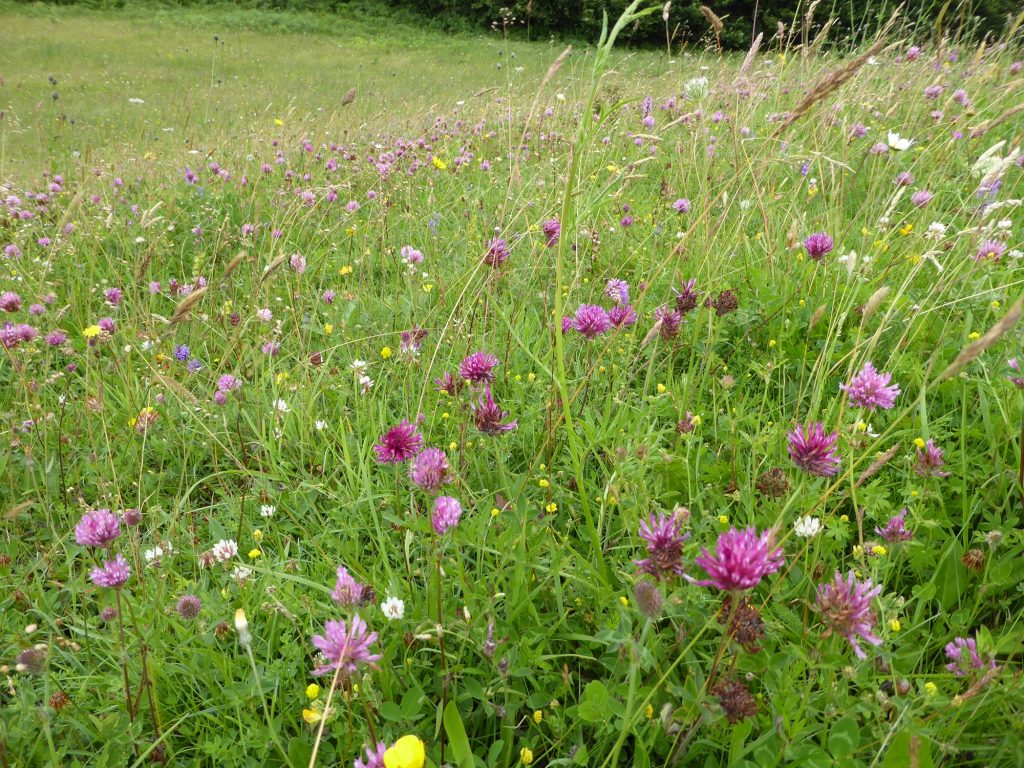
The correct management of high nature value land is crucial. The desire of farmers to add to their farms suggests a desire to increase profits, not to care for nature. Unless the need to farm profitably and the need to protect the environment that grows our food are sustainably aligned, our biodiversity will continue to suffer.
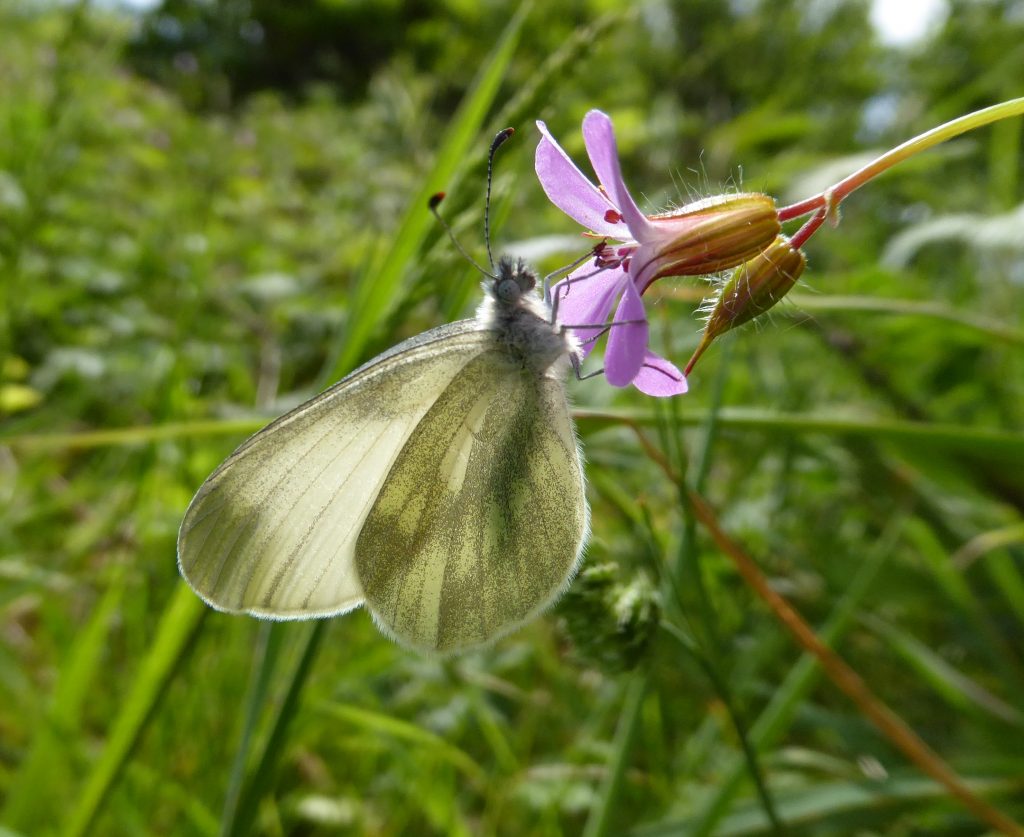
Imagine reporting to your company’s board that the firm’s business has only a single irreplaceable supplier, who we rarely, if ever, pay, and who is deteriorating and going out of business.
If you are lucky enough to farm high-nature-value land, cherish the treasures you have. Pay your supplier.
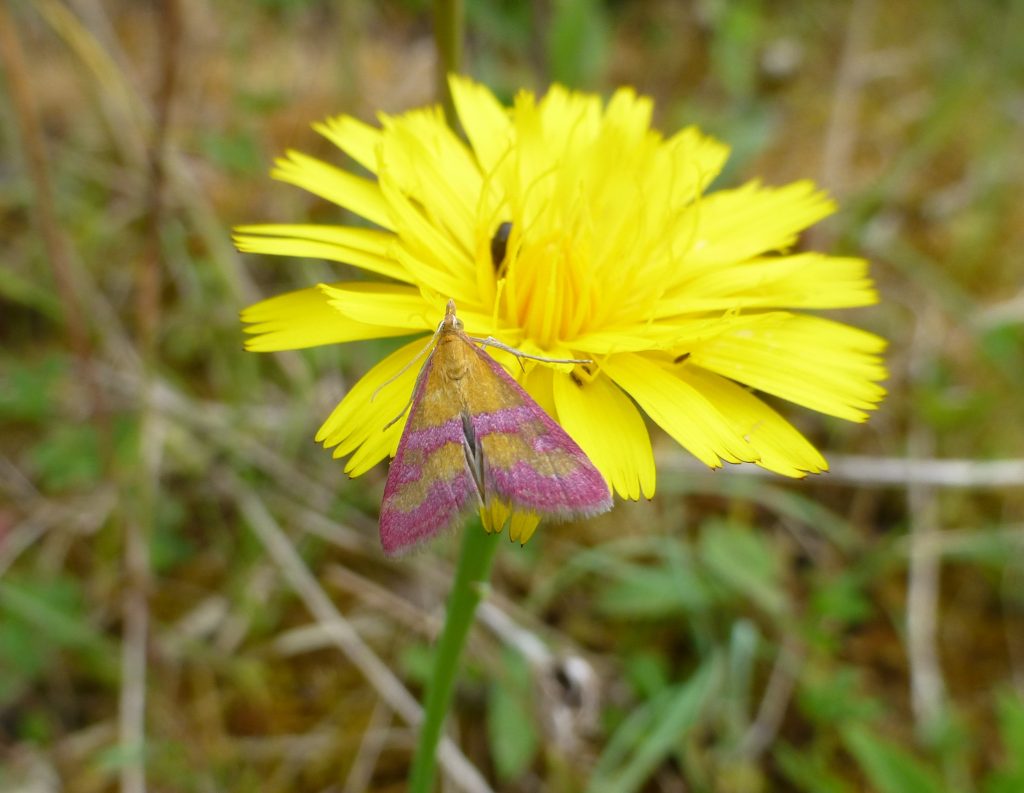
Key References
Central Statistics Office (2022). Environmental Indicators Ireland. Available at: https://www.cso.ie/en/releasesandpublications/ep/p-eii/ environmentalindicatorsireland2022/landuse/(Accessed 27 November 2023).
European Environment Agency (2025). Europe’s Environment 2025: Ireland. Available at https://www.eea.europa.eu/en/europe-environment-2025/countries/ireland (Accessed 26 October 2025)
National Parks and Wildlife Service (2024). 4th National Biodiversity Action Plan (2024). Available at https://assets.gov.ie/static/documents/4th-national-biodiversity-action-plan.pdf (Accessed 26 October 2025)
